
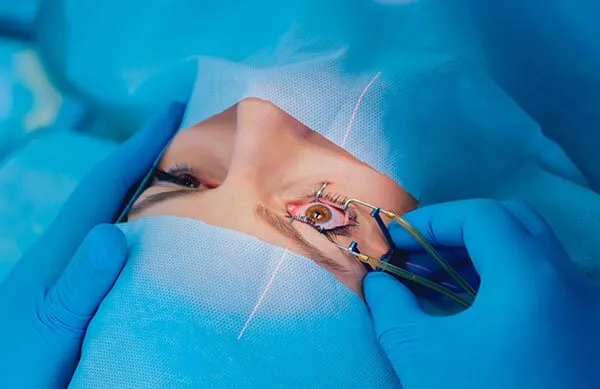
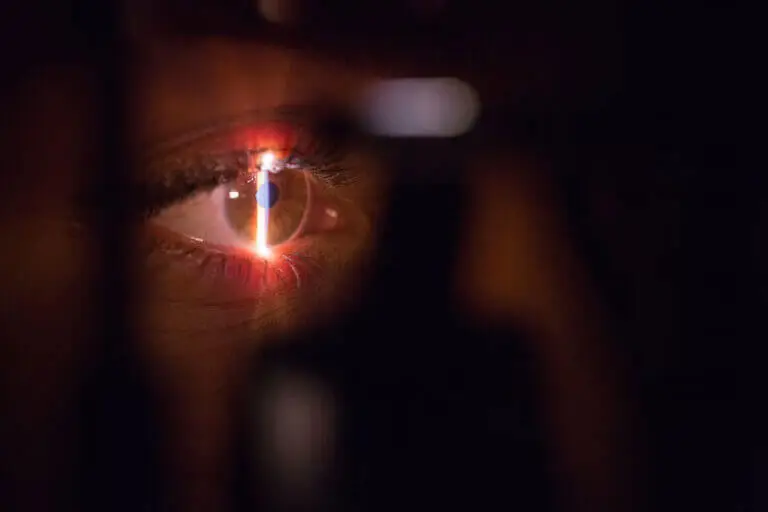
Custom ablations or wavefront treatments may be performed with either lasik or surface ablation. These treatments are designed to correct optical abnormalities (known as “higher order aberrations”) in addition to myopia, hyperopia and astigmatism. While customized treatments may be used on most laser refractive surgery patients, they are of particular benefit for patients who have higher levels of higher order aberrations or larger pupil sizes preoperatively.
There are some patients that come for consultations regarding unwanted visual side effects that developed following their laser refractive procedure. The wavefront technology can be used to measure the higher order aberrations in these eyes, and a wavefront-guided custom LASIK or surface ablation retreatment can be performed therapeutically. Therapeutic wavefront retreatments are capable of, among other things, enlarging small optical zones or correcting decentered ablations that may have created unwanted visual symptoms such as nighttime glare or halos.
Surface ablation is the term used to refer to classic photorefractive keratectomy (PRK), laser subepithelial keratomileusis (LASEK), and Epi-Lasik, depending on whether or not the epithelium is removed and discarded (PRK) or removed and reposited (Lasek and Epi-Lasik). The surface ablation procedures have sometimes been referred to as “Flapless Lasik.” With surface ablation, the same EXCIMER laser used in LASIK is employed to sculpt the cornea and the visual results are equivalent.
In order to apply laser energy to the permanent portion of the surface of the cornea, the very top layer of temporary cells, the corneal epithelium, must be removed. The corneal epithelium, will heal in approximately 3 days after surgery. A clear, prescription free contact lens is placed on the eye for the few days that it takes the epithelium to regenerate. While the surface ablation procedures, like LASIK, are essentially painless, it is common for surface ablation patients to experience 24 to 36 hours of tearing, light sensitivity, and discomfort following their procedure. Special eyedrops and medications are given to help keep patients as comfortable as possible.
While custom ablation confers incremental gains in safety compared to LASIK, most patients who are good laser vision correction candidates for LASIK prefer its quicker recovery. Surface ablation is most commonly reserved for situations in which a patient’s cornea is too thin or irregularly shaped for LASIK. Surface ablation is able to correct the same levels of nearsightedness, farsightedness, and astigmatism as LASIK.
The ultimate visual outcomes with the surface ablation techniques (PRK, LASEK, and Epi-LASIK) mirror those with LASIK, but it takes longer for the results to be realized. Most surface ablation patients are able to return to work 4 to 5 days after their vision procedure, but will likely still experience some blurring and visual fluctuations during the subsequent three weeks. While the military is beginning to allow laser refractive procedures for its recruits, there have been some situations where certain divisions (ie: Special Forces) may only undergo surface ablation and not LASIK.
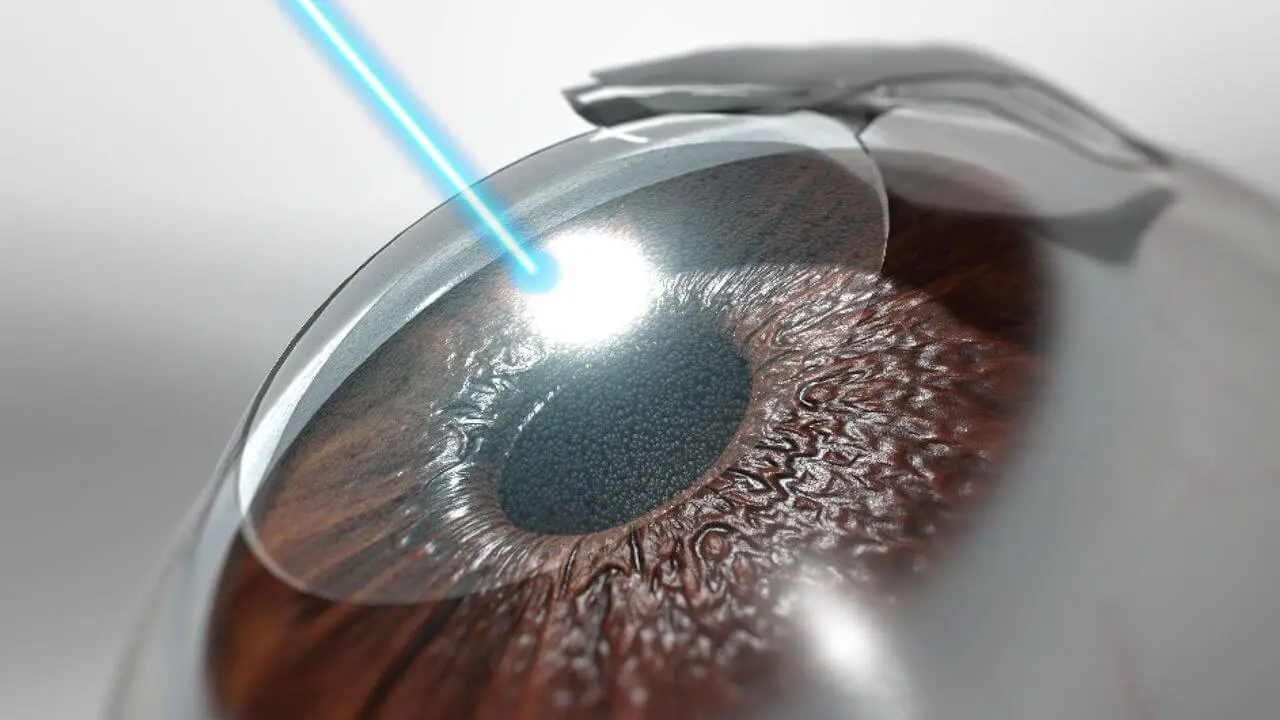
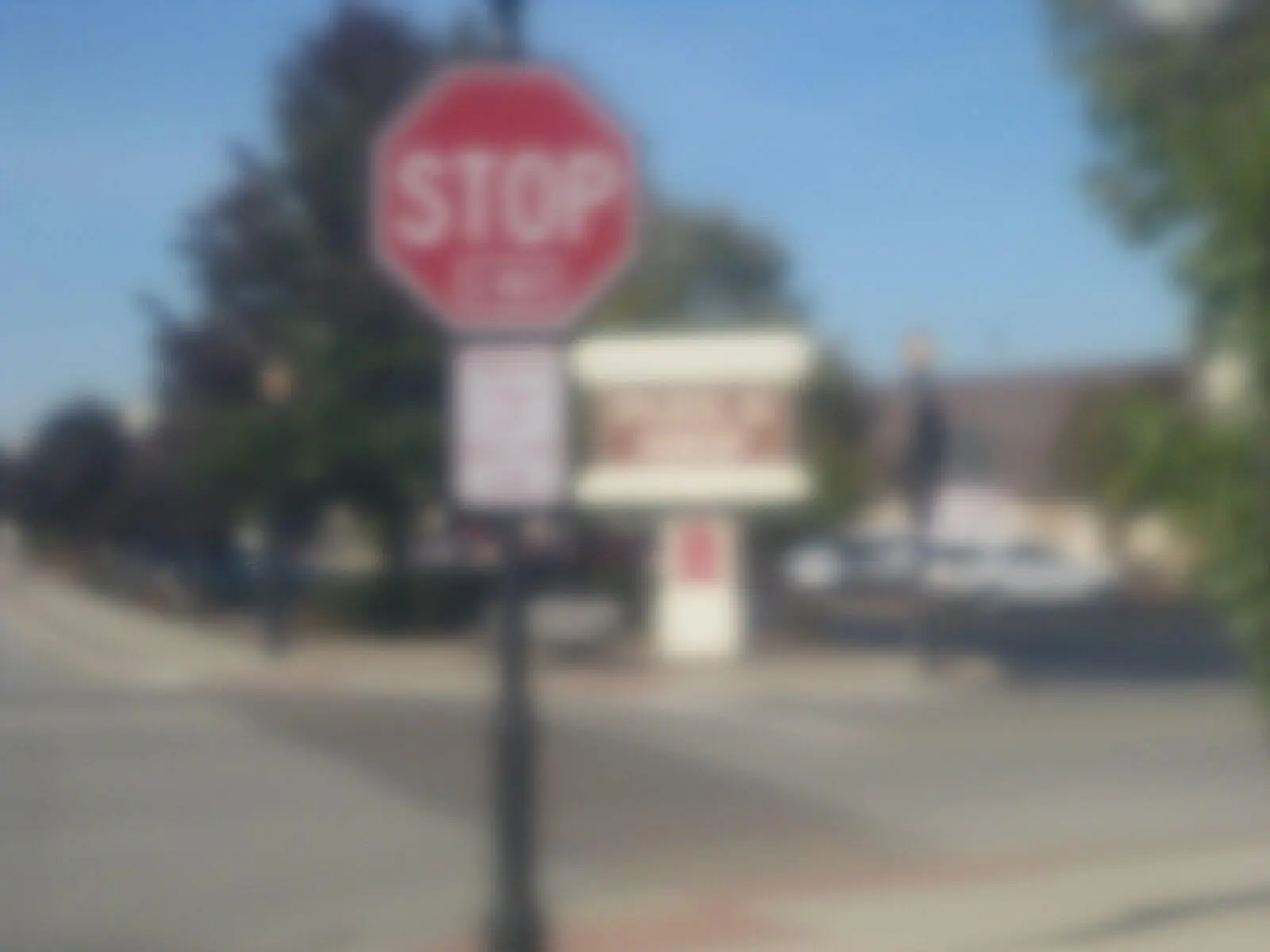
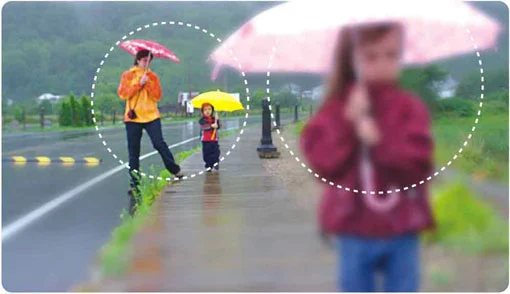

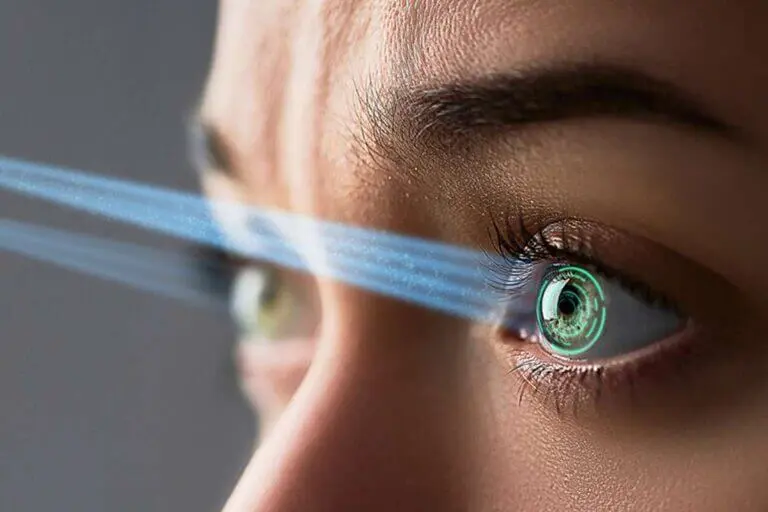
The World's Fastest Excimer Laser which minimizes dehydration of the corneal bed to increase treatment outcome accuracy. That means better vision. The fastest Eye Tracker available, moving 10 times faster than the eye is capable of to ensure the laser correction is always placed where it should be.
The binocular slit-lamp examination provides a stereoscopic magnified view of the eye structures in detail, enabling anatomical diagnoses to be made for a variety of eye conditions. A second, hand-held lens is used to examine the retina. A slit-lamp exam is usually done during a regular checkup with your eye doctor before the cataract surgery procedure.
NC Tonometer is used to perform Tonometry. Tonometry is a quick and simple test that checks the pressure inside your eyes. The results can help your doctor see if you're at risk for glaucoma. The pressure inside your eye is called intraocular pressure (IOP).
This lens provides ultra resolution with radinal image with the binocular indirect ophthalmoscope during clinical practice or in the operating room.
Ophthalmoscopy is a test that look at the back of the eye called the fundus. The fundus consists of the retina, optic disc and blood vessels.
A direct ophthalmoscope is a device that produces an unreversed or upright image of around 15 x magnification.
An indirect ophthalmoscope produces a reversed or inverted image with 2 to 5 x magnification.
Corneal topography is a procedure used to monitor and measure changes that may occur to the shape and integrity of the cornea of your eye.
Optical Coherence Tomography (OCT) is an imaging method used to generate a picture of the back of the eye, called the retina. OCT uses light waves to take cross-section pictures of your retina. The OCT is an excellent way to visualize the different layers of the retina and optic nerve in the eye. OCT is routinely used during check-up of patients with glaucoma.
A pachymeter is a medical device used by the doctor to do a test called pachymetry. It is a simple, quick, painless test to measure the thickness of your cornea. With this measurement, your doctor can better understand your IOP reading, and develop a treatment plan that is right for your condition. The procedure takes only about few minutes to measure both eyes.
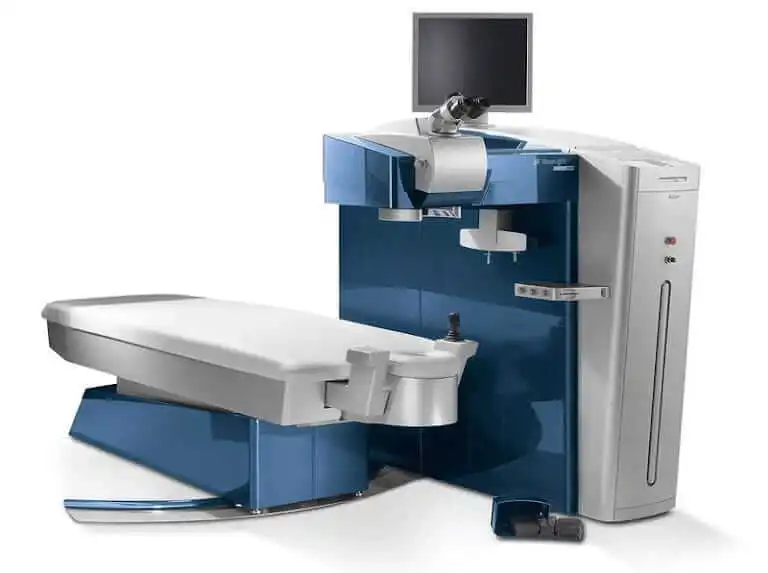









There are various surgical procedures for correcting your eye’s focusing ability by reshaping the cornea, or clear front part of your eye. The most widely performed type of refractive surgery are LASIK where the doctor makes a flap in the outer layer of the cornea to get access to the tissue underneath and a laser is used to reshape the cornea, PRK where the laser ablation is done without flap creation and ICL, which involves implanting a lens inside your eye.
No, there are other types of Refractive surgeries also, though LASIK is the most common.
Refractive surgeries are one of the safest elective surgical procedures available today and various research estimate the rate of complications from refractive surgery to be less than 1 percent.
Over 80% of people who undergo refractive surgery no longer need to use glasses or contact lens post the surgery for most of their activities.
After a thorough examination and discussion with your ophthalmologist, you can decide on the procedure or surgery best suited for your eyes and vision needs. There is no universally-accepted, best method for correcting refractive errors.
The cost of your refractive surgery will depend on the procedure or type of surgery that you decide on after discussing your lifestyle and vision needs with your ophthalmologist.
1, Tapovan Society Nr. Nehrunagar Cross Road Satellite, Ahmedabad, Gujarat - 380015 | TEL: +91 7926753534
Opp. Z. K. Hotel Relief Road, Ahmedabad, Gujarat - 380001 | TEL: +91 7925506257
307-311, Iconic Isanpur, Near Honda showroom, Next to Indian Oil Petrol Pump, Naroda Narol Highway, Isanpur, Ahmedabad, Gujarat - 382443 | TEL: +91 9979393783
102,103, B Square 2, Vikram Nagar, Iscon-Ambli-Bopal Road, Ahmedabad, Gujarat - 380054 | TEL: +91 8160755086